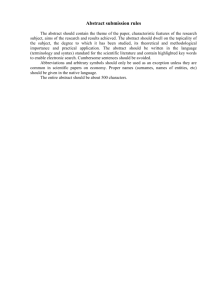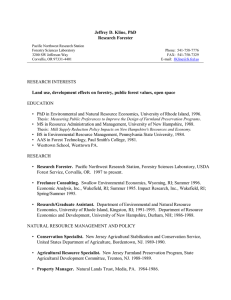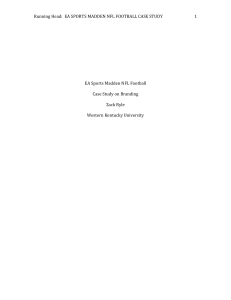Comprehensive02
advertisement
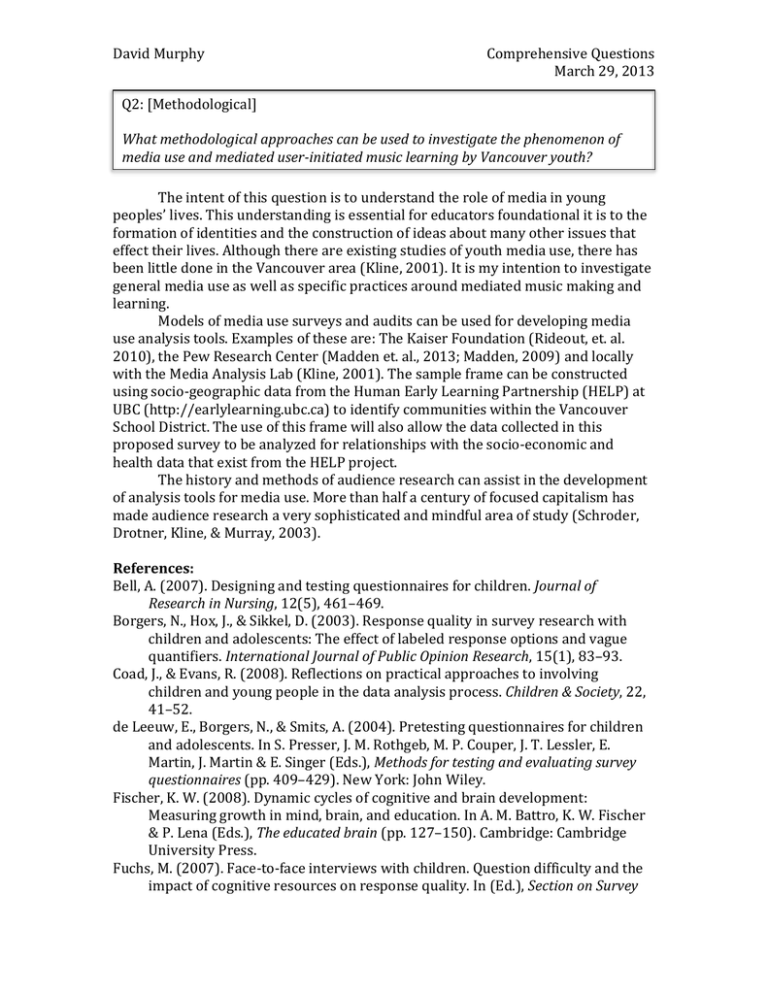
David Murphy Comprehensive Questions March 29, 2013 Q2: [Methodological] What methodological approaches can be used to investigate the phenomenon of media use and mediated user-initiated music learning by Vancouver youth? The intent of this question is to understand the role of media in young peoples’ lives. This understanding is essential for educators foundational it is to the formation of identities and the construction of ideas about many other issues that effect their lives. Although there are existing studies of youth media use, there has been little done in the Vancouver area (Kline, 2001). It is my intention to investigate general media use as well as specific practices around mediated music making and learning. Models of media use surveys and audits can be used for developing media use analysis tools. Examples of these are: The Kaiser Foundation (Rideout, et. al. 2010), the Pew Research Center (Madden et. al., 2013; Madden, 2009) and locally with the Media Analysis Lab (Kline, 2001). The sample frame can be constructed using socio-geographic data from the Human Early Learning Partnership (HELP) at UBC (http://earlylearning.ubc.ca) to identify communities within the Vancouver School District. The use of this frame will also allow the data collected in this proposed survey to be analyzed for relationships with the socio-economic and health data that exist from the HELP project. The history and methods of audience research can assist in the development of analysis tools for media use. More than half a century of focused capitalism has made audience research a very sophisticated and mindful area of study (Schroder, Drotner, Kline, & Murray, 2003). References: Bell, A. (2007). Designing and testing questionnaires for children. Journal of Research in Nursing, 12(5), 461–469. Borgers, N., Hox, J., & Sikkel, D. (2003). Response quality in survey research with children and adolescents: The effect of labeled response options and vague quantifiers. International Journal of Public Opinion Research, 15(1), 83–93. Coad, J., & Evans, R. (2008). Reflections on practical approaches to involving children and young people in the data analysis process. Children & Society, 22, 41–52. de Leeuw, E., Borgers, N., & Smits, A. (2004). Pretesting questionnaires for children and adolescents. In S. Presser, J. M. Rothgeb, M. P. Couper, J. T. Lessler, E. Martin, J. Martin & E. Singer (Eds.), Methods for testing and evaluating survey questionnaires (pp. 409–429). New York: John Wiley. Fischer, K. W. (2008). Dynamic cycles of cognitive and brain development: Measuring growth in mind, brain, and education. In A. M. Battro, K. W. Fischer & P. Lena (Eds.), The educated brain (pp. 127–150). Cambridge: Cambridge University Press. Fuchs, M. (2007). Face-to-face interviews with children. Question difficulty and the impact of cognitive resources on response quality. In (Ed.), Section on Survey David Murphy Comprehensive Questions March 29, 2013 Research Methods, American Statistics Association, Joint Statistical Meetings (pp. 2683–2690), Salt Lake City, UT. Görzig, A. (2012). Methodological framework: The EU kids online project. In S. Livingstone, L. Haddon & A. Go ̈rzig (Eds.), Children, risk and safety on the internet (pp. 15–32). Bristol: The Policy Press. Gouzouasis, P., Guhn, M., & Kishor, N. (2007). The predictive relationship between achievement and participation in music and achievement in core Grade 12 academic subjects. Music Education Research, 9(1), 81-92. Groves, R.M., Fowler, F. J., Couper, M.P., Lepkowski, J.M., Singer, E., & Tourangeau, R. (2009). Survey Methodology. New Jersey: John Wiley & Sons. Kline, S. (2001). Media use audit for B.C. teens. Accessed at http://SFU.ca/media_lab/risk/new/media_lab_research.htm/ Madden, M. (2009). The State of Music Online: Ten Years After Napster. Pew Research Center. Retrieved from http://www.pewinternet.org/Reports/2009/9-The-State-of-Music-OnlineTen-Years-After-Napster.aspx Madden, M., Lenhart, A., Duggan, M., Cortesi, S., & Gasser, U. (2013) Teens and Technology 2013. Pew Research Center. Retrieved from http://www.pewinternet.org/Reports/2013/Teens-and-Tech.aspx McQuail, D. (2013). The Media Audience: Abrief biography – stages of growth or paradigm change? The Communication Review, 16(1,2), 9-20. Ogan, C., Karakus, T. & Kurşun, E. (2013): Methodological Issues in a Survey of Children's Online Risk-Taking and Other Behaviours in Europe. Journal of Children and Media, 7(1), 133-150. Piaget, J. (1929). The child’s conception of the world. London: Routledge & Kegan Paul. Reese, S. D., Gandy, O. H., & Grant, A. E. (2008). Framing Public Life: Perspectives on Media and Our Understanding of the Social World. New York, NY: Routledge. Rideout, V. J., Foehr, U. G., & Roberts, D. F. (2010). Generation M2: Media in the lives of 8 to 18-year-olds. Menlo Park, CA: Henry J. Kaiser Family Foundation. Schroder, K., Drotner, K., Kline, S., Murray, C. (2003). Researching Audiences. London: Arnold. Webster, J., Phalen, P. F., Lichty, L. W. (2006). Ratings Analysis: The theory and practice of audience research. 3rd. Ed. Mahwah, NJ: Lawrence Erlbaum.
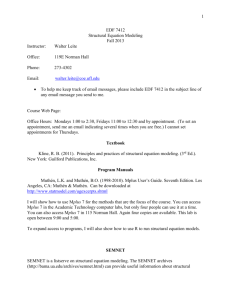
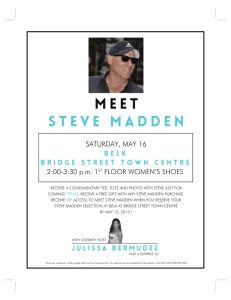

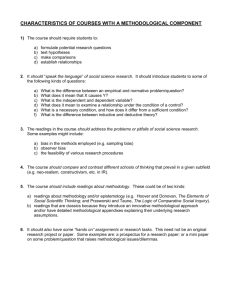
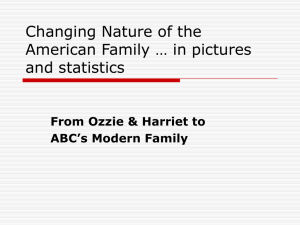
![Introduction [max 1 pg]](http://s3.studylib.net/store/data/006997862_1-296d918cc45a340197a9fc289a260d45-300x300.png)
